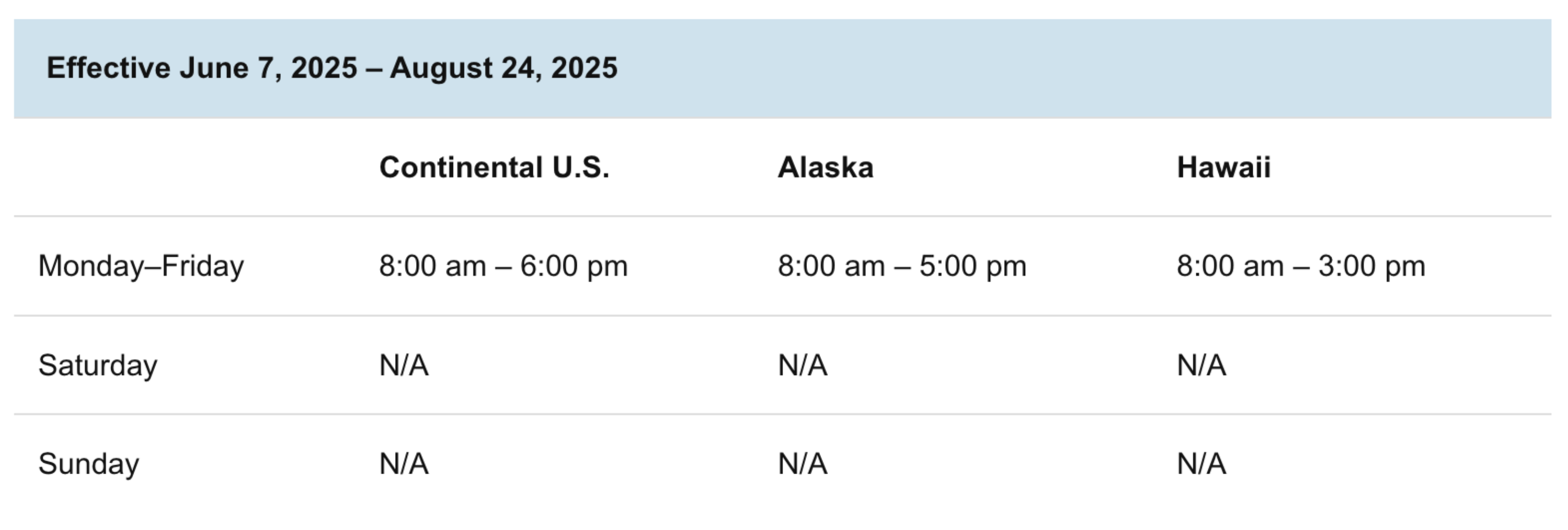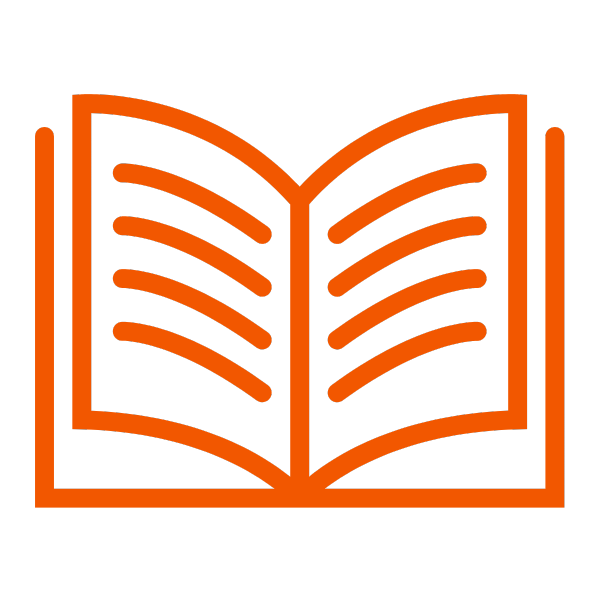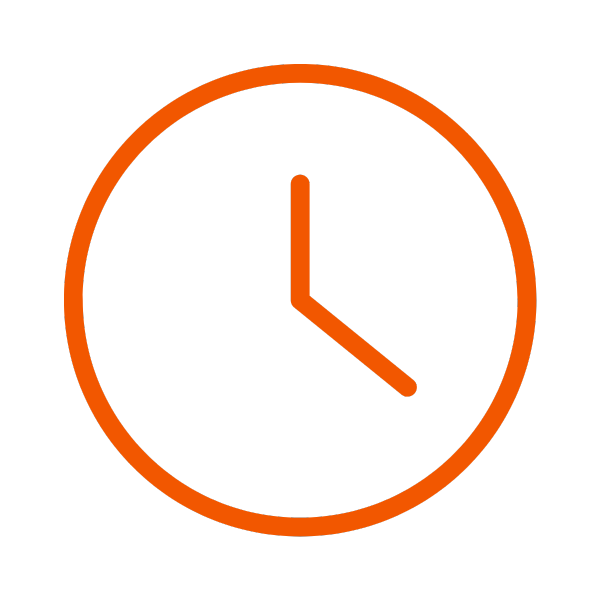Philadelphia, PA — June 23, 2025 — Imagine Learning, the nation’s largest provider of digital-first curriculum solutions, announced today its continued involvement in the School District of Philadelphia (SDP)’s Summer Institute, taking place June 23–27, 2025. This multi-day professional learning experience will equip 1,050 educators and administrators with best practices for implementing high-quality instructional materials (HQIM) in classroom instruction for the upcoming school year.
Now in its second year, the Summer Institute will nearly double the previous year’s participation and underscore SDP’s systemwide commitment to improving literacy outcomes. In partnership with Imagine Learning EL Education, the training delivers the tools and in-depth support educators need to make instruction more engaging, effective, and equitable for all students.
The hands-on feedback and classroom insights from SDP educators will directly inform Imagine Learning’s ongoing evolution of its implementation strategies, educator supports, and product development, ensuring our solutions continue to meet real classroom needs at scale.
“SDP’s commitment to academic achievement goes beyond test score performance — we want our students to feel empowered, engaged, and confident in their literacy skills,” said Tony B. Watlington, Sr. Ed.D., Superintendent of the School District of Philadelphia. “We are eager to continue implementing practices, like the science of reading principles and Imagine Learning’s EL Education, to make instruction more personalized and learning more equitable for educators and students alike.”
“At Imagine Learning, our mission is to support educators so they feel empowered and prepared to help every student on their unique learning journeys,” said Kinsey Rawe, EVP & Chief Product Officer. “We’re proud to partner with the School District of Philadelphia on the Summer Institute and collaborate on this critical work.”
In celebration of student success, SDP, Imagine Learning, and the Free Library of Philadelphia will also co-host a recognition dinner honoring 15 students in grades K–8 for outstanding EL Reading projects. These students exemplify the impact of high-quality, evidence-based instruction and the potential of every learner.
About Imagine Learning
Imagine Learning creates K–12 learning solutions that support the boundless potential of students in more than half the districts nationwide. Empowered with data and insights from educators, we innovate to shape the future of education with a robust, digital-first portfolio of school services and core, courseware, and supplemental solutions. Imagine Learning. Empower potential.® Learn more: imaginelearning.com.
About the School District of Philadelphia
The School District of Philadelphia is the eighth-largest school district in the nation and the largest school district in the Commonwealth of Pennsylvania. Enrollment includes nearly 198,000 students in public, charter, and alternative schools, and approximately 19,000 employees. Under the leadership of Superintendent Dr. Tony B. Watlington Sr., the School District’s vision is to prepare students to imagine and realize any future they desire. For more information about the School District, visit www.philasd.org.












